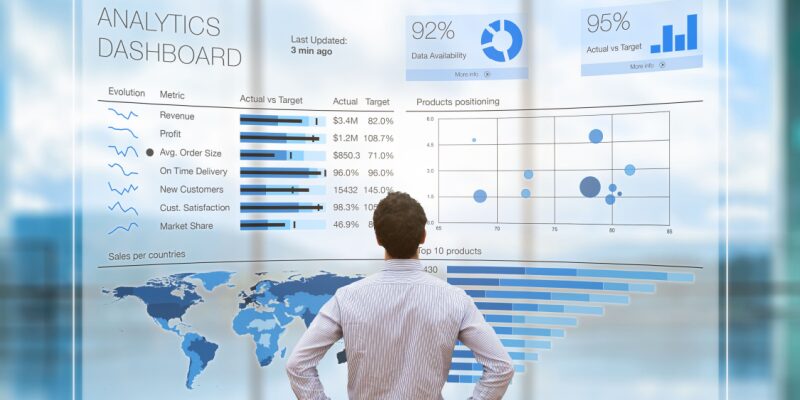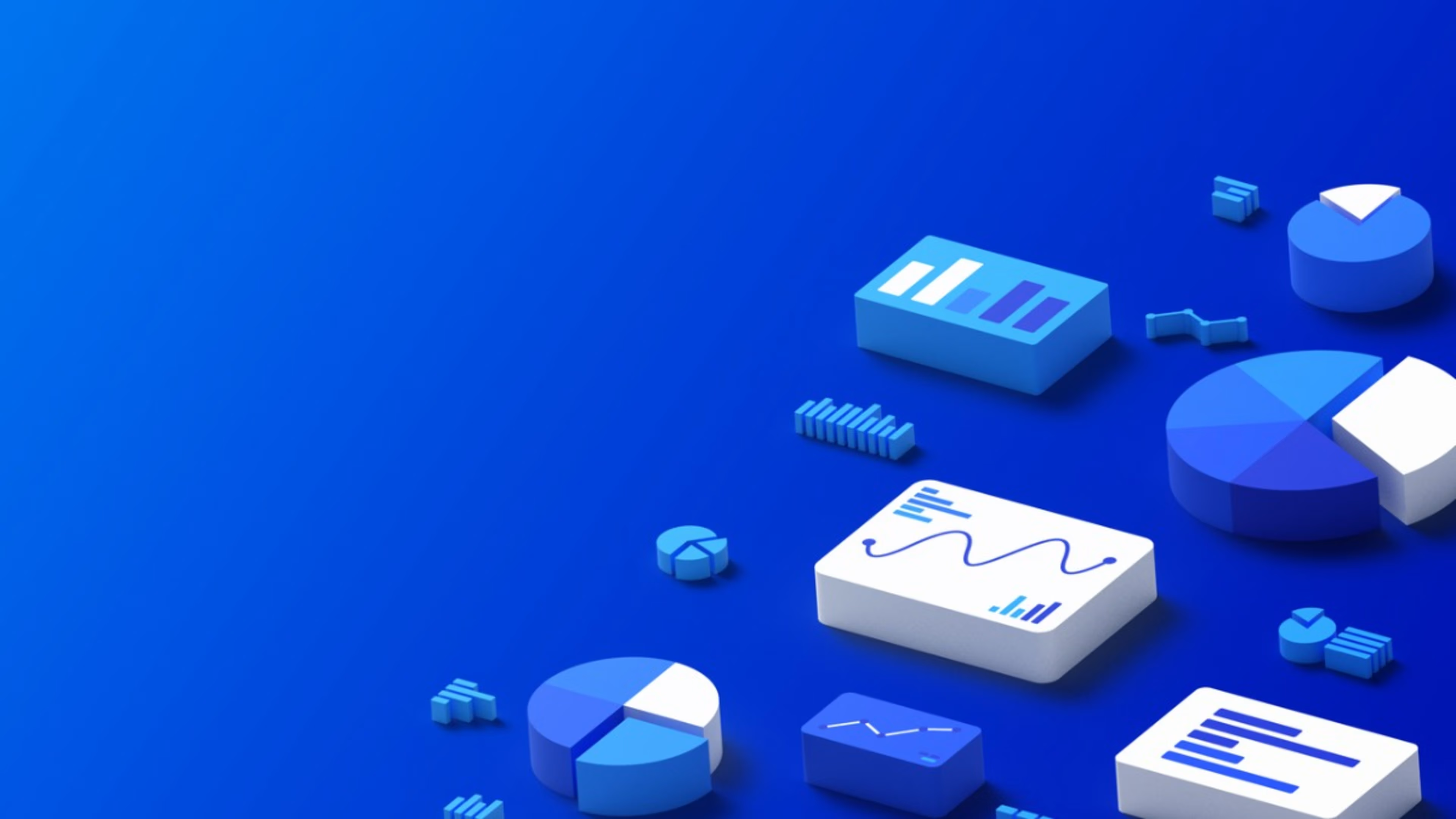As businesses continue to harness the power of data to drive decision-making, the demand for skilled data scientists and powerful data visualization tools like Power BI is on the rise. In this article, we'll explore how to get started in the field of data science, essential skills for data science professionals, and how Power BI can help unlock valuable insights for businesses.
Learn the Fundamentals:
-
Statistics and Mathematics:
- Probability Theory: Understand concepts like probability distributions, random variables, and Bayes' theorem. Learn how to calculate probabilities and use them to make informed decisions.
- Linear Algebra: Familiarize yourself with matrices, vectors, and operations such as matrix multiplication and inversion. These concepts are fundamental for understanding machine learning algorithms.
- Calculus: Gain a basic understanding of differential and integral calculus. Concepts such as derivatives and gradients are important in optimization algorithms used in machine learning.
-
Programming Languages:
- Python: Start with Python, a versatile language widely used in data science for its simplicity and extensive libraries. Learn data structures, control flow, and basic syntax, then move on to libraries like NumPy, Pandas, and Matplotlib for data manipulation and visualization.
- R: Explore R, another popular language among statisticians and data analysts. Learn about data frames, vectors, and functions, as well as packages like dplyr, ggplot2, and caret for data manipulation, visualization, and machine learning.
- SQL: Understand the basics of SQL (Structured Query Language) for data retrieval and manipulation in relational databases. Learn how to write queries to extract, filter, and aggregate data from databases.
-
Data Manipulation and Cleaning:
- Data Cleaning Techniques: Learn how to handle missing values, outliers, and inconsistencies in data. Explore methods such as imputation, outlier detection, and data transformation to ensure the quality and integrity of your datasets.
- Data Preprocessing: Understand the importance of preprocessing steps such as normalization, standardization, and feature scaling. These steps help prepare data for analysis and improve the performance of machine learning models.
Acquire Data Science Skills:
-
Machine Learning:
- Supervised Learning: Understand the concepts of classification and regression, and learn algorithms like linear regression, logistic regression, decision trees, and support vector machines.
- Unsupervised Learning: Explore clustering algorithms like K-means and hierarchical clustering, as well as dimensionality reduction techniques such as PCA (Principal Component Analysis) and t-SNE.
- Model Evaluation and Validation: Learn how to evaluate the performance of machine learning models using metrics like accuracy, precision, recall, and F1-score. Understand techniques for cross-validation and hyperparameter tuning to improve model performance.
-
Data Visualization:
- Visualization Principles: Study the principles of effective data visualization, including the choice of chart types, color schemes, and labeling. Understand the importance of storytelling and clarity in communicating insights to stakeholders.
- Visualization Tools: Experiment with visualization libraries such as Seaborn, Plotly, and Bokeh in Python, and ggplot2 in R. Learn how to create various types of plots, including histograms, scatter plots, bar charts, and heatmaps.
- Data Exploration and Analysis: Exploratory Data Analysis (EDA): Practice techniques such as summary statistics, distribution analysis, and correlation analysis to gain insights into the characteristics of your data.
- Feature Engineering: Learn how to create new features from existing ones to improve the performance of machine learning models. Explore techniques such as one-hot encoding, feature scaling, and creating interaction terms.
Stay Updated:
-
Continuous Learning:
- Online Courses and Tutorials: Enroll in online courses on platforms like Coursera, edX, and Udacity to deepen your understanding of advanced topics in data science. Look for courses taught by industry experts and featuring hands-on projects.
- Books and Publications: Read books and research papers in the field of data science to stay informed about the latest theories, algorithms, and applications. Subscribe to academic journals and popular publications like Towards Data Science and KDnuggets.
-
Follow Thought Leaders:
- Industry Blogs and Websites: Follow blogs and websites of prominent data scientists, researchers, and organizations in the field. Keep up with their latest posts, case studies, and tutorials to learn from their experiences and insights.
- Social Media and Forums: Join data science communities on platforms like LinkedIn, Twitter, and Reddit. Participate in discussions, ask questions, and share your knowledge with others in the community.
-
Attend Conferences and Meetups:
- Data Science Conferences: Attend conferences such as the Strata Data Conference, PyData, and the International Conference on Machine Learning (ICML) to learn about cutting-edge research, trends, and best practices in data science.
- Local Meetups and Workshops: Join data science meetups and workshops in your area to network with professionals, exchange ideas, and gain practical insights from industry practitioners.
- Analytical Thinking:
- Problem Framing: Data scientists using Power BI must understand the business problem at hand and translate it into data-driven questions that can be addressed through analysis and visualization.
- Hypothesis Testing: By formulating hypotheses and rigorously testing them using data, data scientists can validate assumptions and make informed decisions.
- Critical Thinking: Power BI users need to critically evaluate data sources, methodologies, and results to ensure the accuracy and reliability of insights generated.
- Programming Proficiency:
- Data Preparation: Power BI provides tools for data preparation, but proficiency in languages like SQL can enable more advanced data manipulation and transformation tasks, enhancing the quality of data before visualization.
- Advanced Analytics: Integrating Python or R scripts within Power BI allows for advanced analytics and machine learning directly within the Power BI environment, expanding the scope of analysis beyond built-in features.
- Custom Visualizations: Programming skills empower users to create custom visualizations in Power BI, tailored to specific business needs or analytical requirements.
- Data Visualization:
- Interactive Dashboards: Power BI's interactive dashboards allow users to explore data dynamically, drilling down into details or filtering information to gain deeper insights.
- Visual Storytelling: Effective storytelling through data is essential. Power BI enables users to create compelling narratives by arranging visualizations in a coherent and engaging manner.
- Customization and Formatting: Power BI offers extensive customization options, allowing users to control the appearance and formatting of visualizations to convey information effectively.
- Domain Knowledge:
- Data Contextualization: Domain knowledge helps data scientists interpret data accurately, ensuring that insights derived from Power BI align with the business's objectives and challenges.
- Custom Metrics and KPIs: Power BI allows users to define custom metrics and key performance indicators (KPIs) based on domain-specific knowledge, providing stakeholders with tailored insights relevant to their industry or sector.
- Industry-Specific Insights: With deep domain knowledge, data scientists can design Power BI dashboards that address industry-specific challenges and opportunities, delivering actionable insights that drive strategic decision-making.
Power BI allows users to create interactive visualizations such as charts, graphs, and maps, enabling stakeholders to explore data and gain insights at a glance.Exploring large datasets can be challenging without the right tools. Power BI simplifies this process by providing an intuitive interface and powerful data exploration capabilities. Power BI seamlessly integrates with a variety of other tools and platforms, allowing users to leverage existing data infrastructure and enhance their analytics capabilities. In today's fast-paced business environment, real-time insights are essential for making timely decisions and responding quickly to changes in the market.





